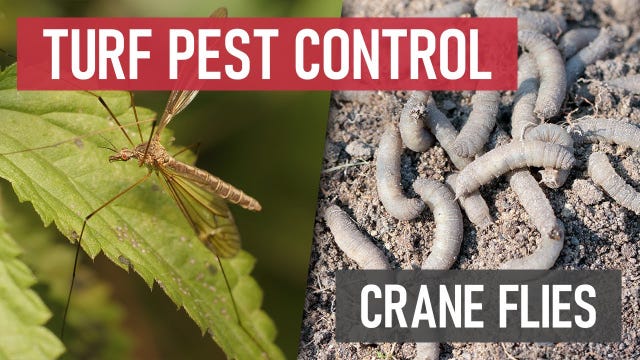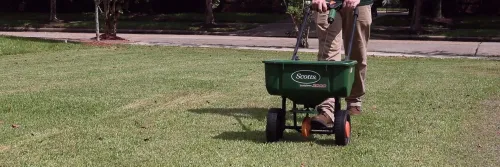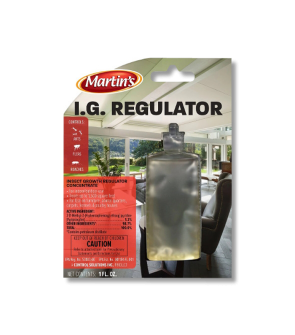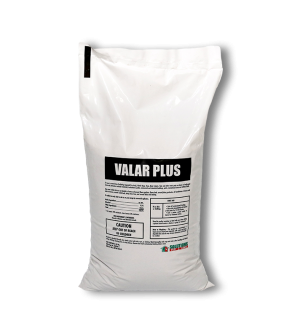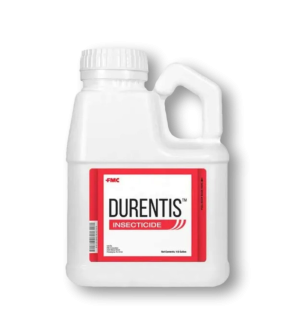Gain access to personalized product screening, the best pricing, rewards, and more!
Most Effective Products
Mosquito Hawk Control: How To Get Rid of Mosquito Hawks (Crane Flies)
This page is a mosquito hawk control guide. Using the products and methods suggested, you will eliminate mosquito hawks (crane flies). Follow this guide and use the recommended products; we guarantee 100% control of mosquito hawks.
You might have a mosquito hawk infestation if you notice brown patches in your grass. The mosquito hawk, also commonly known as a cranefly, looks similar to a mosquito, except it is much larger and has longer legs. If left alone, this insect can cause noticeable damage to your lawn.
Although they might look intimidating, mosquito hawks are harmless as adults. The mosquito hawk larvae, which appear as white or brown worms and are known to eat roots and stems, can be problematic by damaging vegetation.
Our professional DIY treatment guide can help you easily get rid of a mosquito hawk infestation.
Identification
Before carrying out a treatment program, you must properly identify the pest as a mosquito hawk. Misidentification can lead to using the wrong pesticides and not getting the desired result in eliminating the pest.

- Adult mosquito hawks grow to be 2 inches long, legs included. Their bodies are long and slender, just as their legs are. Some people might refer to these flies as mosquitoes; however, mosquitoes are entirely different pests.
- Average mosquito species are only 1/4 of an inch in length. The females have piercing mouthparts they use to suck blood with. All mosquito hawks, male and female, lack any piercing mouthparts.
- Some people may also refer to crane flies as “mosquito hawks,” either because they look like mosquitos or it’s thought these flies hunt mosquitos. Neither is true since many adult crane flies don’t eat and die just a few days into maturity.
- Mosquito hawk larvae are also referred to as “leatherjackets.” They grow 2 to 3 inches in length. These larvae lack legs and can be white, grey, green, or brown. These larvae also have finger-like appendages at the tail ends of their bodies.
Use the description and image above to determine whether the pest you encounter is a mosquito hawk. If you are unsure, contact our experts; we will help you identify the correct one.
Inspection
The next step in the control process is inspection. Inspecting the property for mosquito hawk activity is important because this will ensure a more targeted application and help you focus pesticide applications in the right place.

Where to Inspect
Mosquito hawk larvae are active during spring and fall. Adults will lay egg clusters in bodies of water or moist soil. Once they hatch, they’ll feed on surrounding plant material.
Scan the property, looking for high-moisture areas such as mulch beds, flower beds, near lawn fountains, or around the structure where faucets and other plumbing may drip or leak. Address these leaky or high-moisture areas to prevent re-infestation.
What to Look For
High adult activity can also indicate potential larvae activity. Crane flies breed near egg-laying sites, so if you see adult flies on your property, you can expect to see larvae soon after.
Check your lawn for patches of brown or dying grass. You can use your hands to comb the edges of discolored patches to look for larvae on the surface, but you’ll also need to dig to check underground.
Dig a 1-foot square about 3 inches deep along the edge of any patches you have found. Lift the grass, and note if there is any pest activity. You may see a couple of larvae, but if a high number is clustered around, that’s cause for concern.
Treatment
Once you have completed your inspection and know the areas needing treatment, you can begin controlling mosquito hawks. Always wear the proper personal protective equipment (PPE) when handling and applying pesticides.
Use a combination of Supreme I/T, Valar Plus, and Martin's IG Regulator for effective mosquito hawk control. All three pesticides work together to target adult and larvae mosquito hawks.
If you are looking for mosquito hawk prevention, it is important to note that Supreme I/T should only be used from August to February. If Supreme I/T is applied before or after this, it will only suppress the presence of mosquito hawks rather than control them.
Depending on the pesticide, the product may be labeled explicitly for crane fly, another name for mosquito hawks.
Step 1: Apply Valar Plus to the Lawn
To treat your property for crane flies and other pests, apply Valar Plus Bifenthrin Granules. Valar Plus is labeled to kill many pests that infest turf and ornamentals, including crane flies.
This product must be applied with a push spreader. A single application will protect treated areas for up to three months.
Start by calculating the square footage of your lawn or treatment area. Measure the treatment area's length and width in feet and multiply them together (length x width = square footage).
To eliminate and control crane fly larvae, the labeled application rate for crane fly control is 4.6 pounds of product per 1,000 square feet.
Load your spreader with the proper amount of Valar Plus and evenly distribute it throughout your treatment area.
Broadcast half your granules in parallel lines once across your area, then broadcast the other half at a perpendicular angle to cover the entire area.
Step 2: Apply Supreme I/T and Martin's I.G. Regulator
Once you have finished your granular application, water it into the soil with an application of Supreme IT and Martin's I/G Regulator.
These two products and Valar Plus will provide full coverage throughout your turf and target pests in different stages of their life cycles. While Valar Plus and Supreme I/T eliminate pests on contact with the active ingredient, Martin's I.G Regulator stunts the growth of juvenile pests and prevents them from reaching reproductive maturity.
Before application, Supreme I/T and Martin's I.G. Regulator must be mixed with water.
First, determine how much product you need by measuring the square footage of your treatment area or lawn. This can be done by measuring the width and length of your lawn and then multiplying those numbers together (length x width = square feet.)
To treat crane flies with Supreme, apply the labeled rate of 0.75 fl. oz. of product per 1,500 square feet of treatment area. You will use 1 fl. oz. per 1,500 square feet for Martin's I.G. Regulator.
We recommend applying this application with a hose-end sprayer and adding enough water to drive the Valar Plus granules into the soil. Evenly distribute your solution over your treatment area. When spraying liquid products, apply on calm days when wind speeds are low to minimize drift.
Prevention
After eliminating mosquito hawks, you must take preventative measures on your property to completely prevent future infestations.
- Since mosquito hawks breed near water and moist soil, you must regulate the water your lawn receives and retains. When you water your lawn, give your grass 1 to 1.5 inches once a week.
- In addition to proper watering, regularly rake, dethatch, and aerate your lawn to promote air circulation. Trim back tree branches to reduce shade and encourage evaporation. When mowing your lawn, mow to a taller height, about 3 to 4 inches, to encourage root growth. Finally, ensure you fertilize your yard with the proper amount of nitrogen to stay healthy and fight against minor pest activity.
- Keep up with regulators' quarterly applications of Supreme IT and Martin's IG Regulator every 90 days to control mosquito hawks.
Key Takeaways
What are Mosquito Hawks?
- Mosquito hawks, also known as crane flies, resemble mosquitoes but are much larger and have long, thin legs. These pests are common during summer weather and show up in large numbers.
How To Get Rid of Crane Flies or Mosquito Hawks
- First, apply Valar Plus, then a mixture of Supreme I/T and Martin's IG Regulator to control a mosquito hawk infestation. Mix the products with water in a hose-end sprayer and apply to the affected areas to prevent Mosquito Hawks from returning.
Preventing Mosquito Hawk (Crane Fly) Reinfestation
- Mosquito hawk infestations can be avoided with proper lawn care and soil aeration. You can also apply preventative applications of Supreme I/T and Martin's IG Regulator to keep mosquito hawks away.






